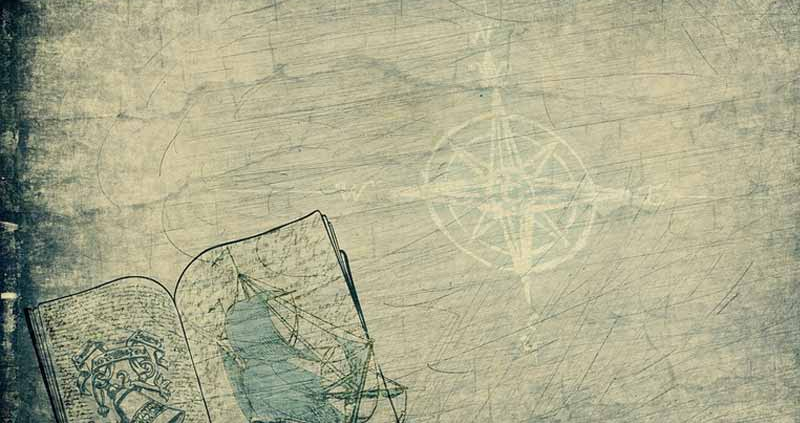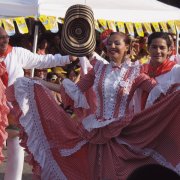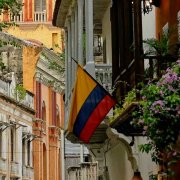The Spanish language: history, evolution and influences
Where did the Spanish language come from, and how has it changed over time?
In this post, we’ll talk about linguistics, history, and in particular, the evolution of the Spanish language.
We’ll be exploring its roots and learning about the many words we use today that were adopted from other languages or dialects.
Let’s start from the beginning…
How many languages are there in the world?
According to Ethnologue, there are 142 different language families and a total of 7,111 languages are spoken today.
Around 40% of these languages are endangered and only 23 languages account for more than half the world’s population, being the Spanish language one of the most spoken languages in the world.
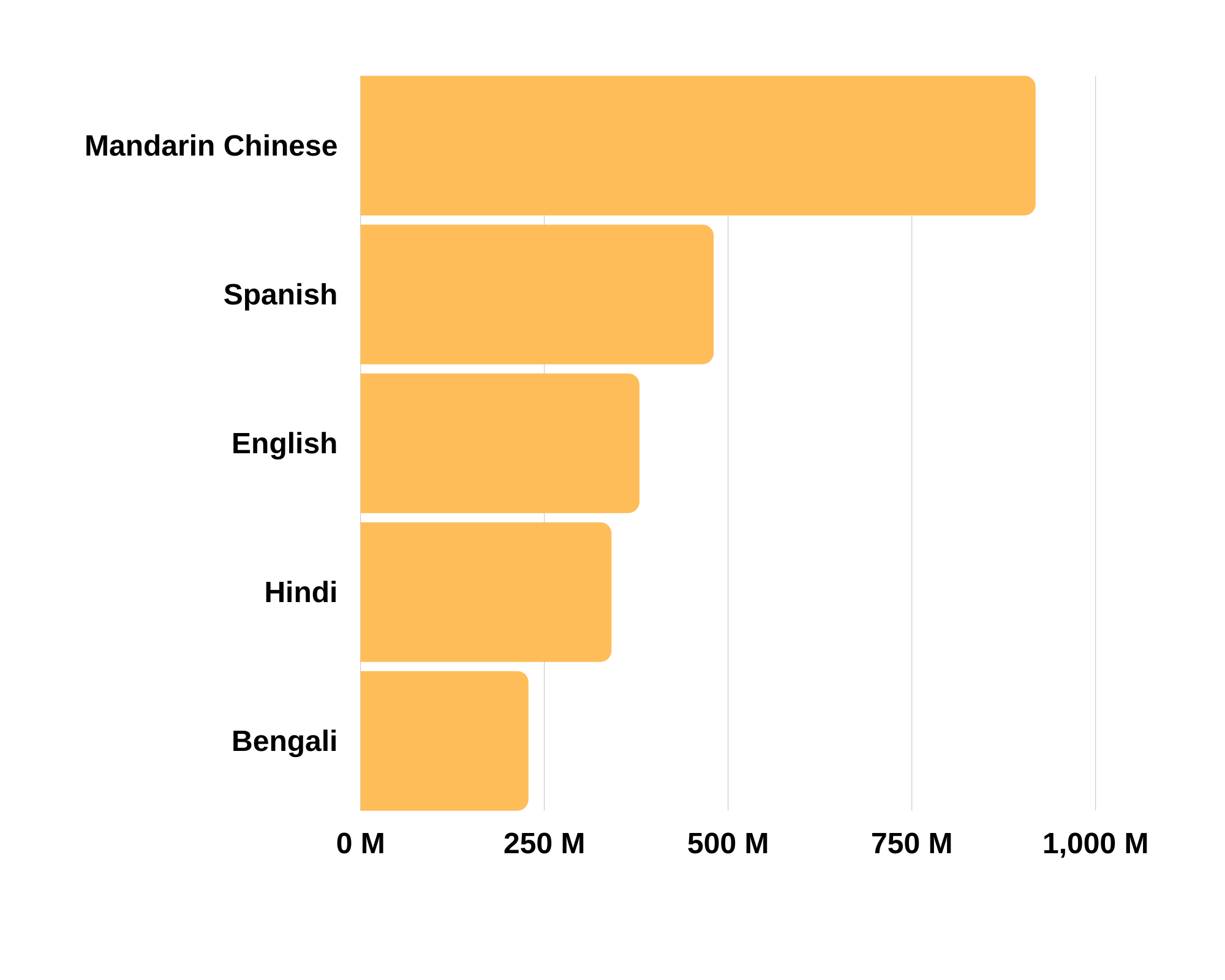
Languages with the most native speakers. Source
The Spanish language we know today, has gone through a very interesting and long journey; it’s the result of thousands of years of language development and cultural influence.
Spanish belongs to the Indo-European family and derives many of its rules of grammar and syntax from Latin; around 75% of Spanish words have Latin roots.
However, Spanish has also other influences such as Celtiberian, Basque, Gothic, Arabic, and some of the native languages of the Americas.
How has Spanish changed over the years?
In his TEDed video, Alex Gendler talks about how languages change and evolve, and how groups or linguistic trees give us crucial insights into the past.
Gendler finishes with an interesting request:
…the next time you hear a foreign language, pay attention. It may not be as foreign as you think.
Did you know that there are about 4,000 words in Spanish that come from Arabic?
Spanish, and its distinct dialects, emerged following years of invasion and settlement of many cultures in the Iberian Peninsula: the Moors from Northern Africa, the Visigoths from Central Europe and the Christians from the Roman Empire.
Castillan Spanish was originated as a continuation of the spoken Latin (Vulgar Latin) in the northern and central areas of Spain. Then, the northern dialect spread to the south where it absorbed local Romance dialects such as Judaeo-Spanish or Ladino and borrowed many words from the Andalusian Arabic.
Colonization and the Spanish language
Another important moment in history influenced the development of the Spanish language.
The colonization of the Americas in the 15th Century.
It all started when the Spanish “conquistadores” led by Christopher Columbus (Cristobal Colon in Spanish) arrived in the Caribbean in 1492.
The process of bringing the Spanish language and Spanish traditions, including the catholic religion, into the continent was referred to as “hispanización”.
There were many challenges in the “hispanización” process, but one of the biggest was communication.
Local languages were starkly different, the Catholic Church stepped in establishing learning institutions to teach Catholicism in Spanish.
The Spaniards occupied the territory for over three centuries, children and adolescents grew up, and the Spanish language started to spread and expand in the region.
Despite the efforts of the Spaniards to impose the language, many of the native local words were adopted.
The Castillan Spanish words were simply not accurate to the description of the many new discoveries of the region.
The adoption of the native vocabulary included local objects such as:
- “canoas” (canoe) or
- “hamacas” (Hammocks). Likewise, fauna and flora that didn’t exist in Europe at that time such as
- ají (chilli pepper),
- tiburón (shark),
- iguana (iguana),
- manatí (manatee),
- guacamayo (macaw),
- maní (peanut),
- camote (sweet potato),
- cacao (cocoa),
- tomate (tomato),
- tamal (tamale) and
- papaya (papaya).
Over the years, the Americas Spanish evolved and Latin American Spanish and its many dialects emerged.
What About Spanish Today?
Spanish is today the official language of 20 countries.
It’s spoken by more than 500 million people around the world, and it’s the most widely spoken Romance language, both in number of speakers and number of countries.
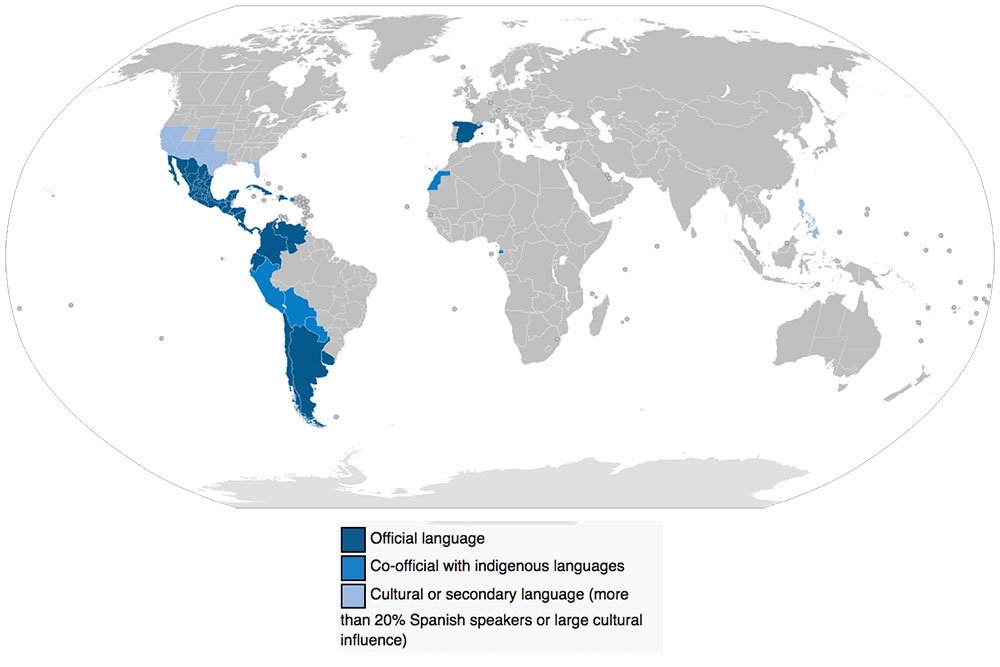
By Jpthefish – Blank map based on File:BlankMap-World6-Subdivisions.svg, CC BY-SA 4.0, Link
Today, depending on where you go, you could hear differences in words, accents and even grammar.
Mexico is by far the country with the most native Spanish speakers worldwide, followed by Colombia, Argentina and Spain.
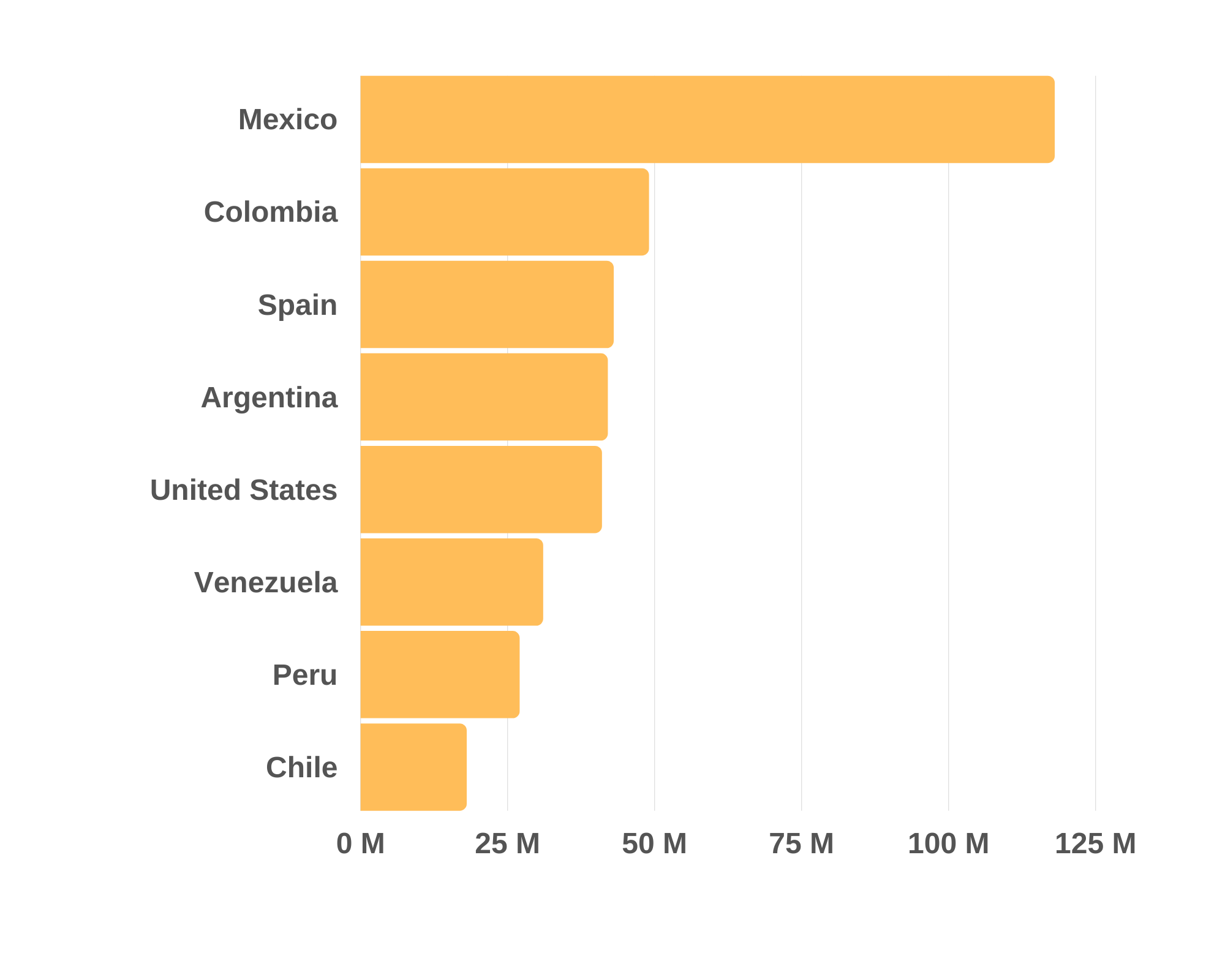
Countries with the largest number of native Spanish speakers worldwide Source
Spanish is the third most used language on the Internet and it’s second on social media platforms like Twitter and Facebook.
Furthermore, it plays an important role in the modern cultural and artistic industry; there are countless films, series, books, songs, and conferences in Spanish. And, it is expected that by 2060 around 754 million people will speak the language globally.
Is Colombian Spanish different?
In general, Colombian Spanish is a group of dialects of Spanish spoken in Colombia.
Since the dialects spoken in the various regions of Colombia are quite diverse, the term Colombian Spanish is of more geographical than linguistic relevance.
It is important to note that when referring to “Colombian Spanish” people normally refer to the standard dialect spoken in Bogotá. This dialect is generally well known for being probably the clearest Spanish to understand and the easiest Spanish to learn.
Colombian Spanish has gained popularity between the non-native speakers willing to learn or improve this language.
What do you think? Did you find the history of the Spanish language as rich and fascinating as we do? Share your thoughts with us on Twitter, Facebook, Instagram

